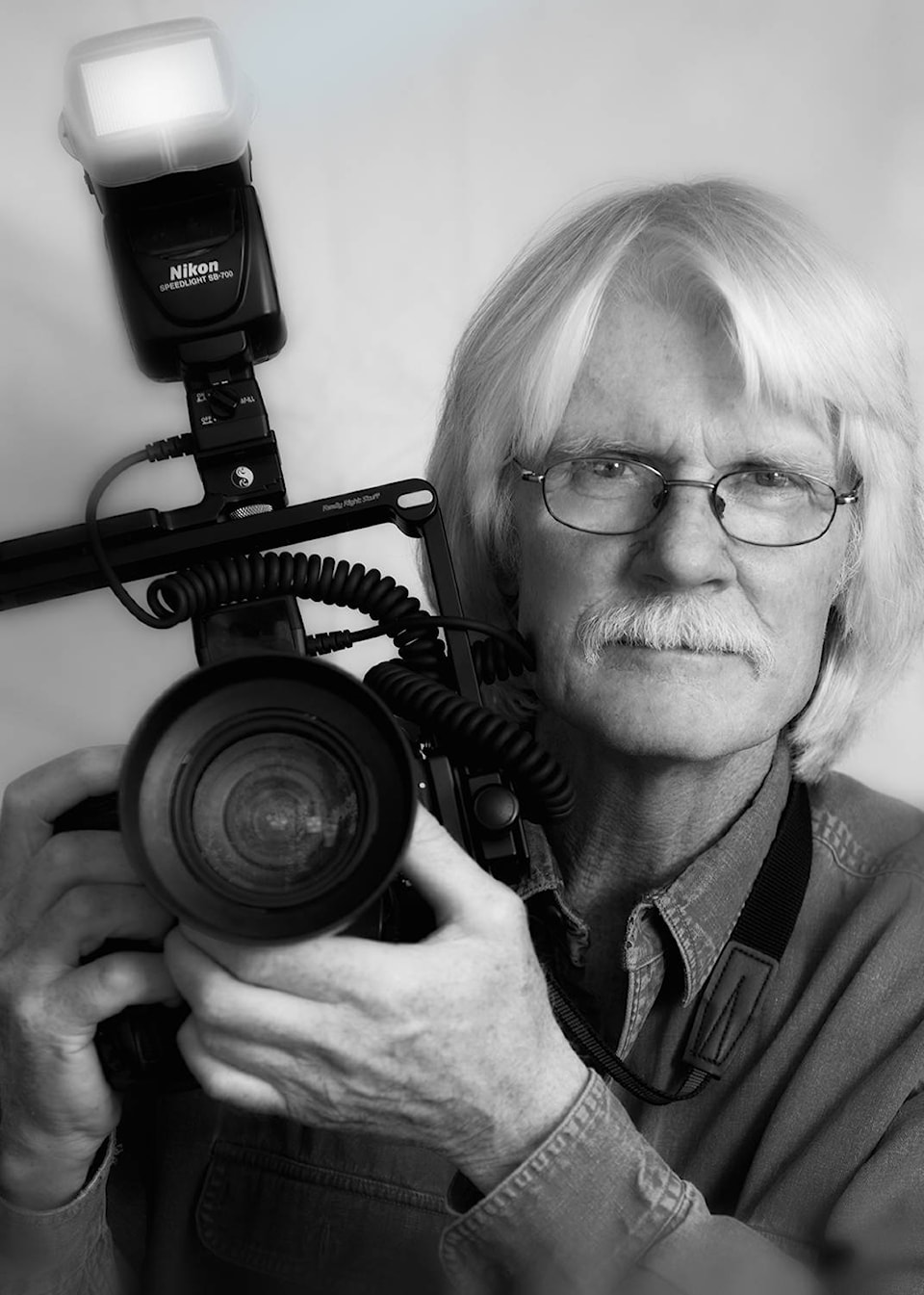When I first started earning a living as a photographer I quickly realized that I needed to produce the highest quality print that I could for those I sold my work to.
In those days of film photography the bigger the image was on the film, the better the final enlargement.
The most popular films were 35mm, 120mm and 4x5 inches. For those large wall size scenics 4x5 sheet film was the best. However, when it came to event photographs and portraits photographers would choose between 35mm (approx. 1 5/8 inches) and 120mm (6x6 or 6x7 cm). That meant 35mm for sports and 120mm for portraits and weddings.
Those of us producing photographs for clients would also take the time to research the film we used and buy it in 40 roll lots so the colour balance would be the same when we gave multiple prints to them. And, we sent that film to custom labs that specialized in the type of subjects we were photographing. I would use one lab that was excellent for “skin tonality” and a different one that could produce the best colour for my scenic enlargements.
Oh, and on the subject of enlargements. If I shot scenic with a 35mm camera I would use transparency film (slide film) and have the lab make a larger sized image of it using an “inter-negative”. The inter-negative of the small 24mm x 36mm would be a 2 ¼ x 3 ¼ or larger so the final print would need less enlarging.
All this was so time consuming and expensive compared to what we can do today. Now its all about the quality and size of the sensor. How many megapixels and how high the ISO will go without showing image degrading noise on the print enlargement.
I began thinking about all that this week as I read an online discussion of people’s opinions about what a “pro” camera was. I wouldn’t want to get into that argument, and although I have been as excited as anyone when it comes to the latest camera manufacturer’s offerings I do remembering those times when the quality and size of the film was probably as important as what camera we were using.
The word pro or professional has pretty much lost its meaning these days. It is supposed to be reserved for someone being very good at some profession and earning his or her living in that profession. Gosh, when some actor in a TV ad says that they can now brush their teeth like a pro it doesn’t make the word pro mean much.
So the discussion about what a pro camera was, was rather silly.
In my opinion every camera that was mentioned, and a whole lot more that weren’t mentioned, could produce “pro quality” images. Whatever “pro quality” actually means.
I really like my little Nikon V1. It has interchangeable lenses, but is small enough that I am rarely noticed if I am taking a picture in a crowded place. However, it’s 10 MP, 13 X 8mm (1 inch) sensor is much smaller than even a crop sensor camera and way, way smaller than a full frame sensor. Nevertheless it produces sharp images for online platforms and if I don’t print larger that 8x10 it’s just fine. When I made a series of images for an organization for their online advertising I used that camera.
That little camera, in spite of all the features Nikon packed into it, would never be called a professional camera by those having that discussion about what a pro camera is.
My point is that most of the digital cameras available today are capable of quality images, and it just depends on what the images will be used for and, of course, the skill of the photographer.
Instead of arguing about what makes a pro camera, what I would do is consider what I wanted the camera for, and then read as many reviews as I could to find out which model will fit me the best.
Stay safe and be creative. These are my thoughts for this week.
Contact me at www.enmanscamera.com or emcam@telus.net
